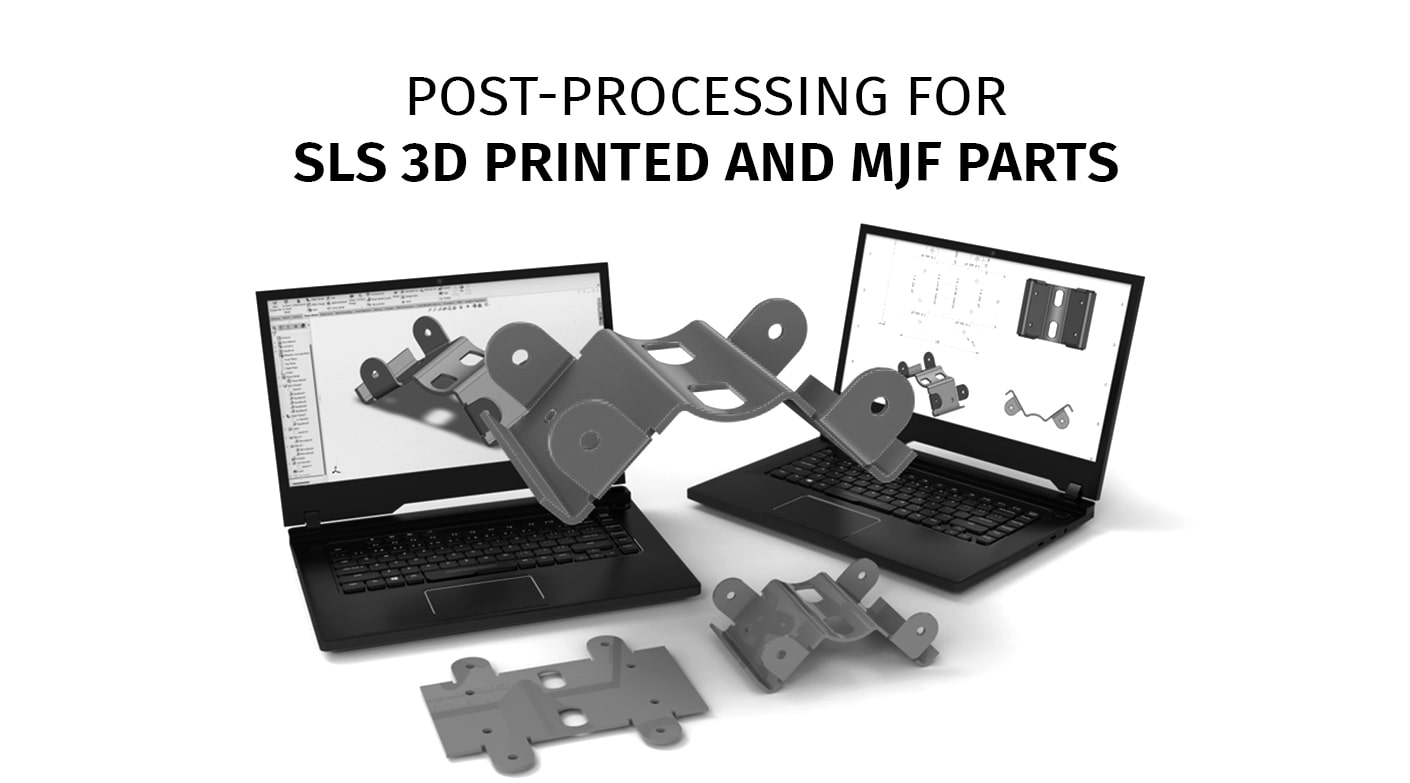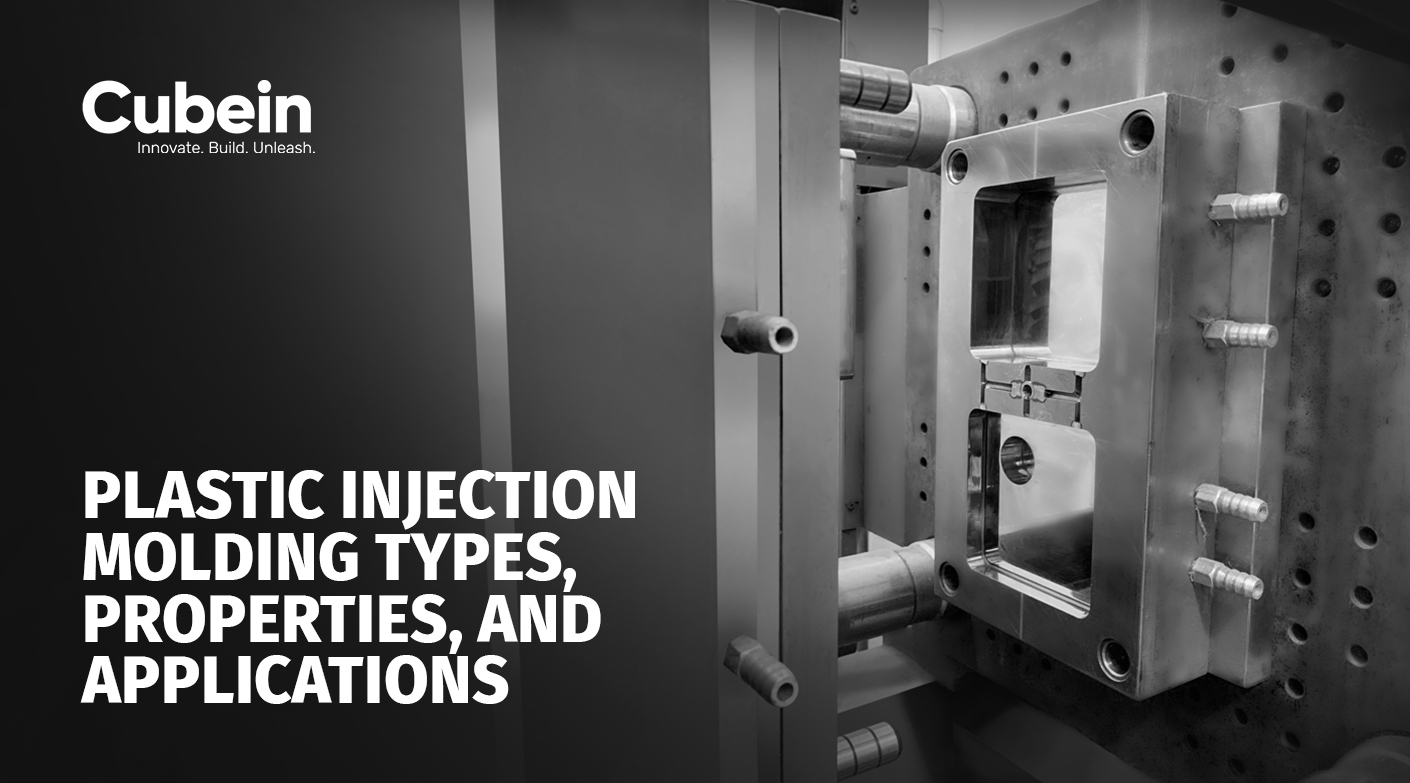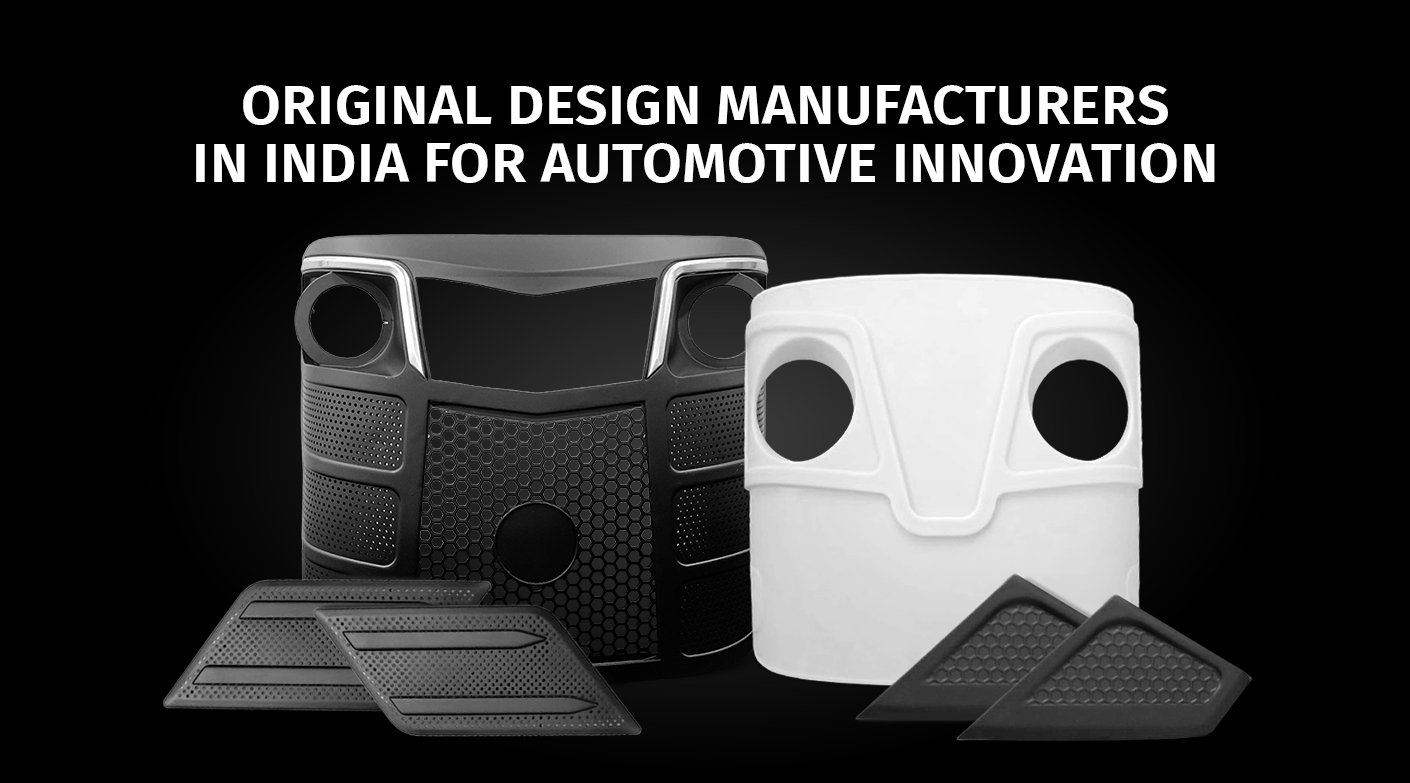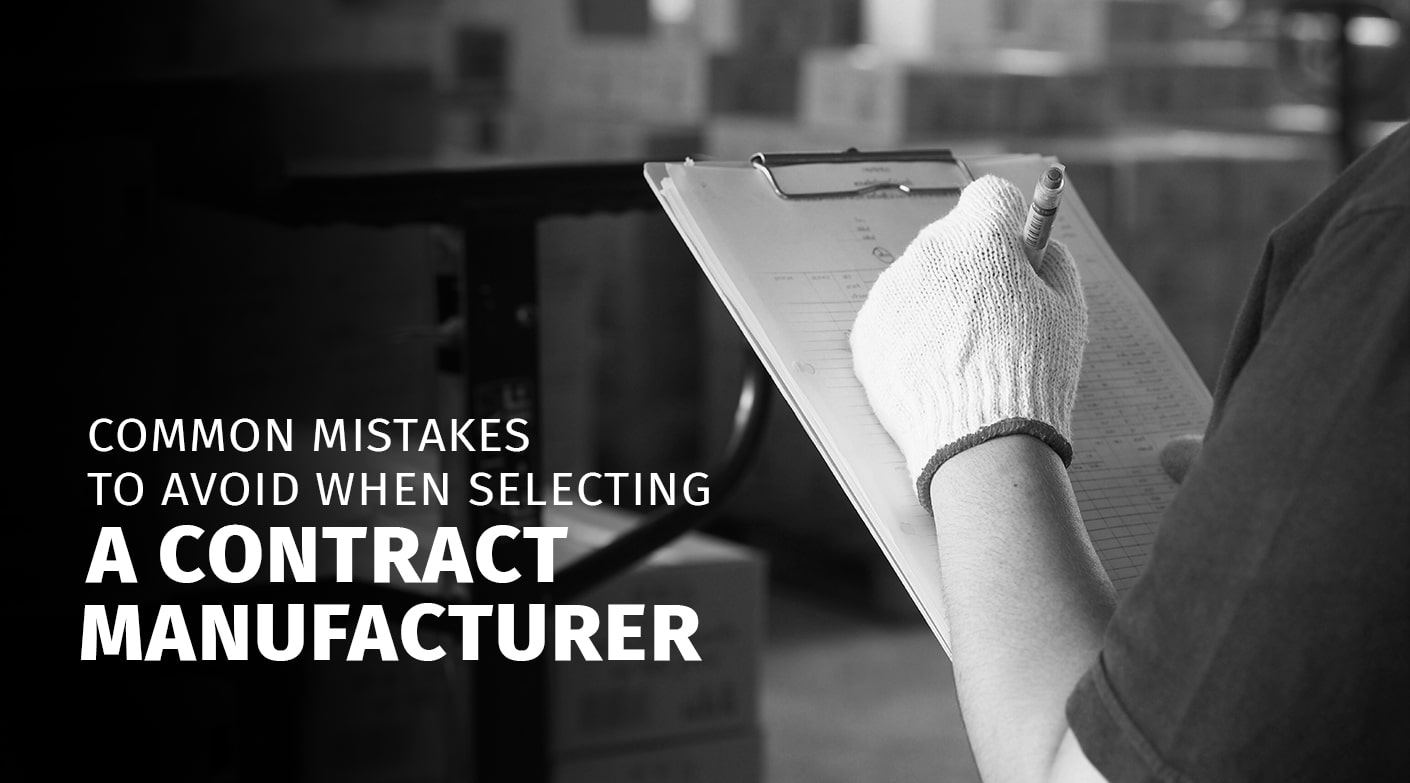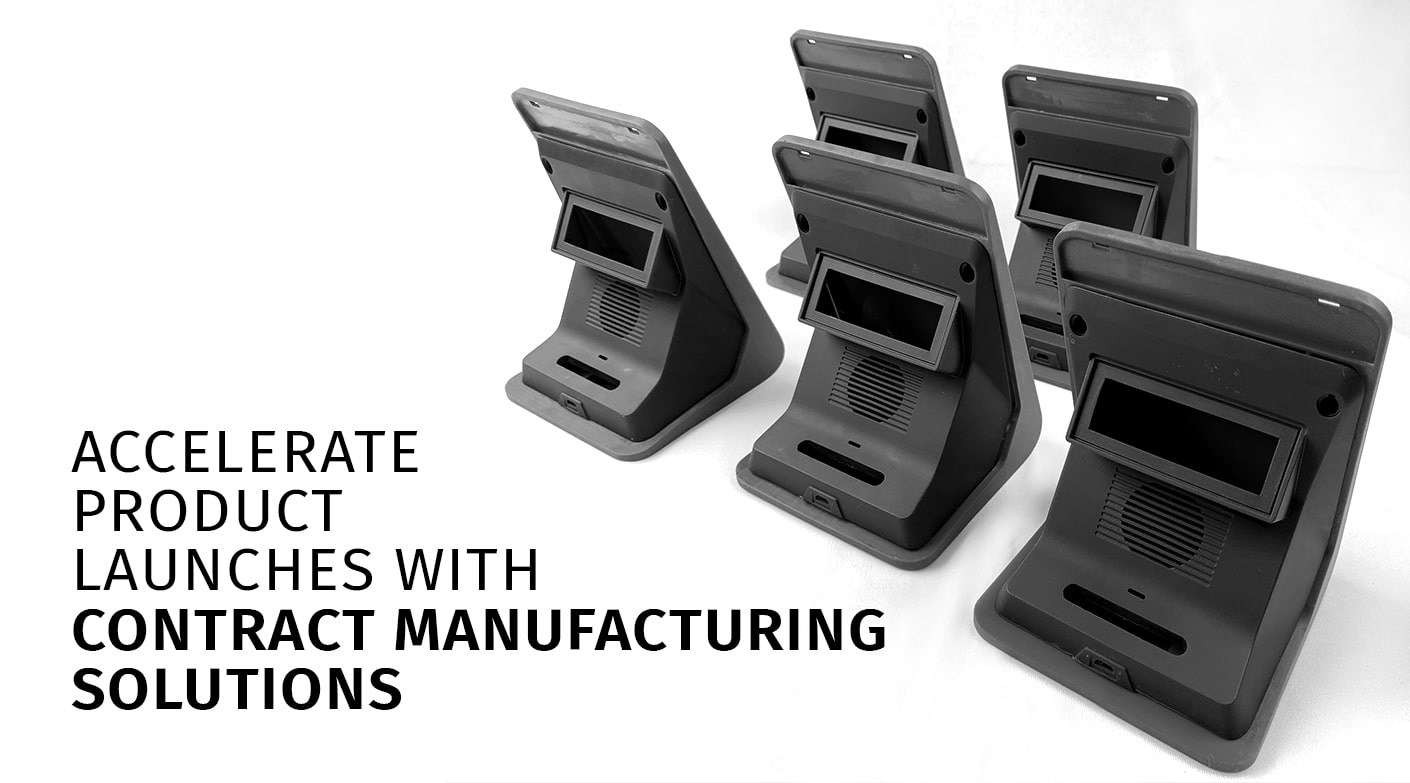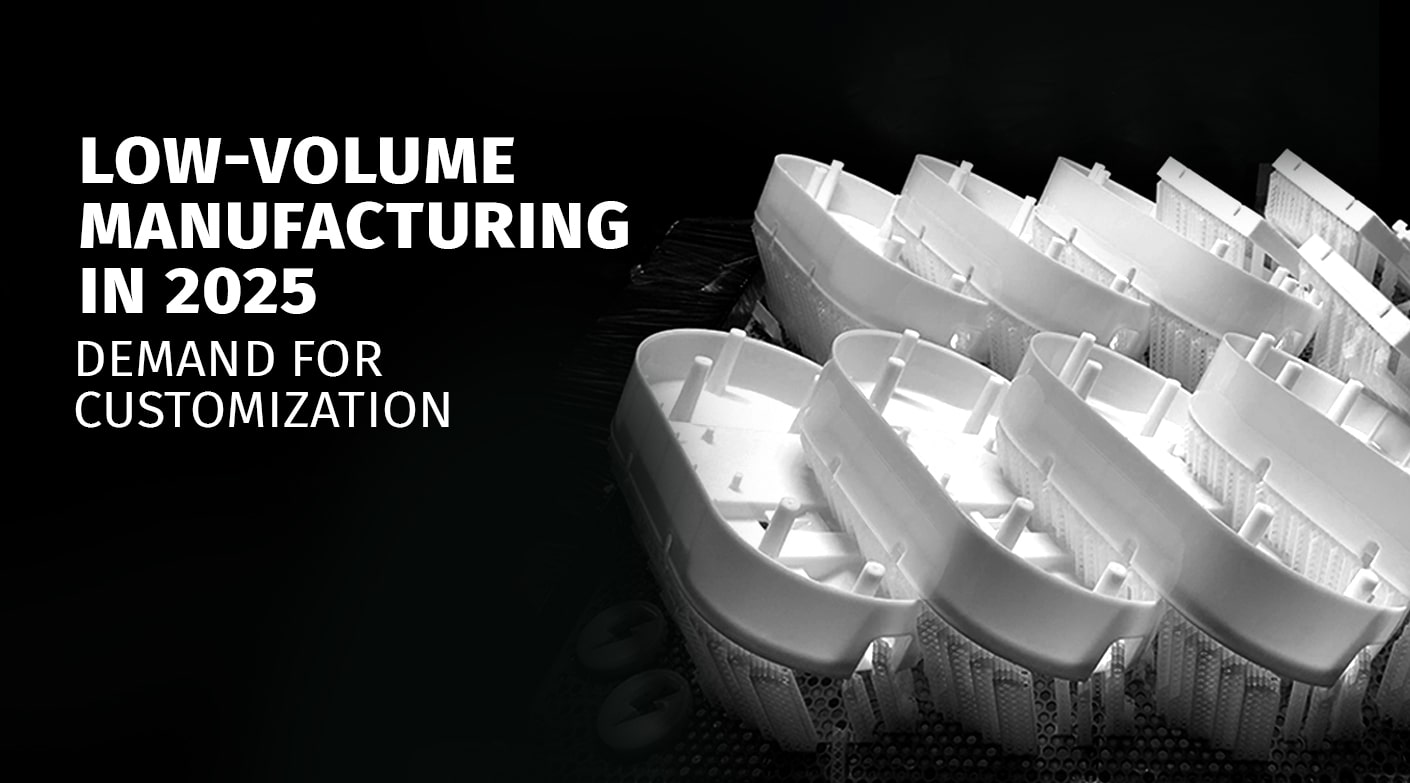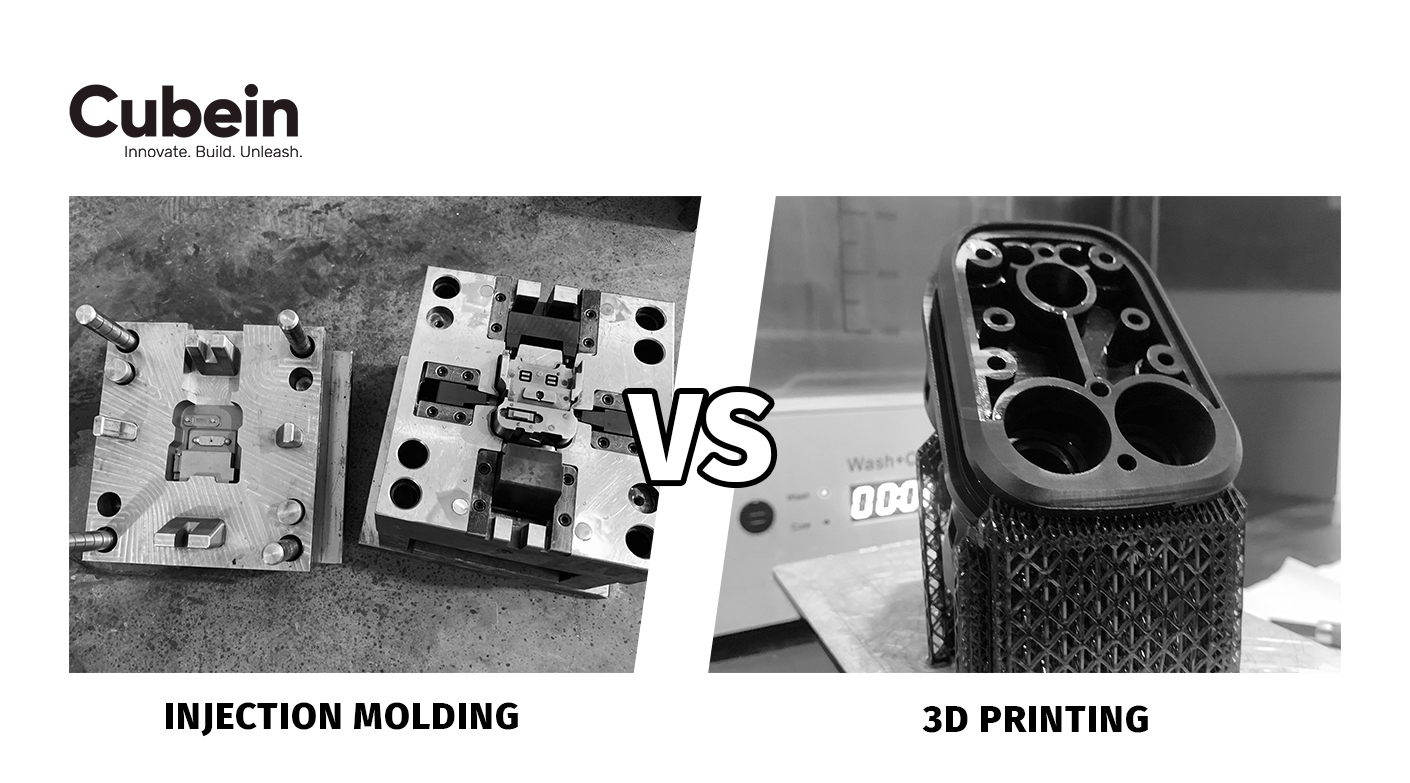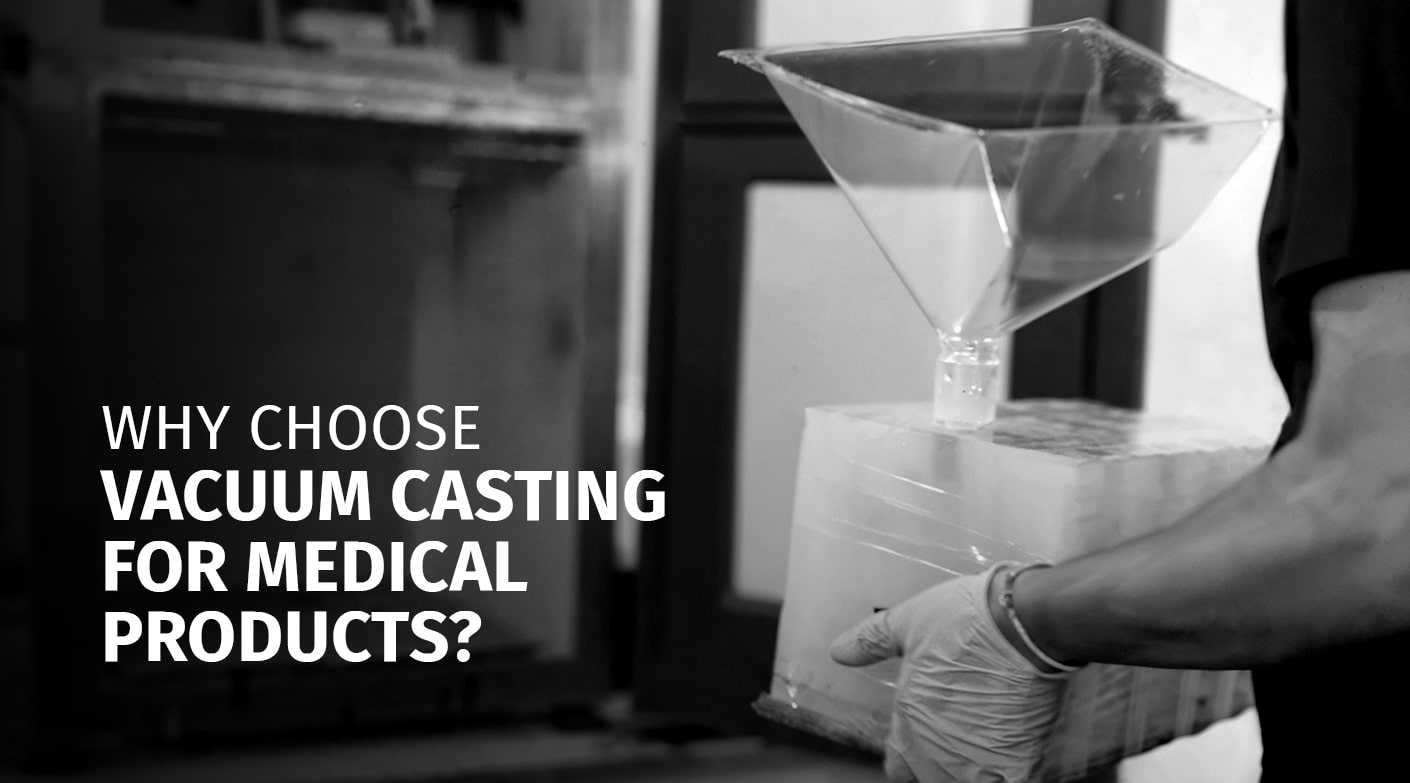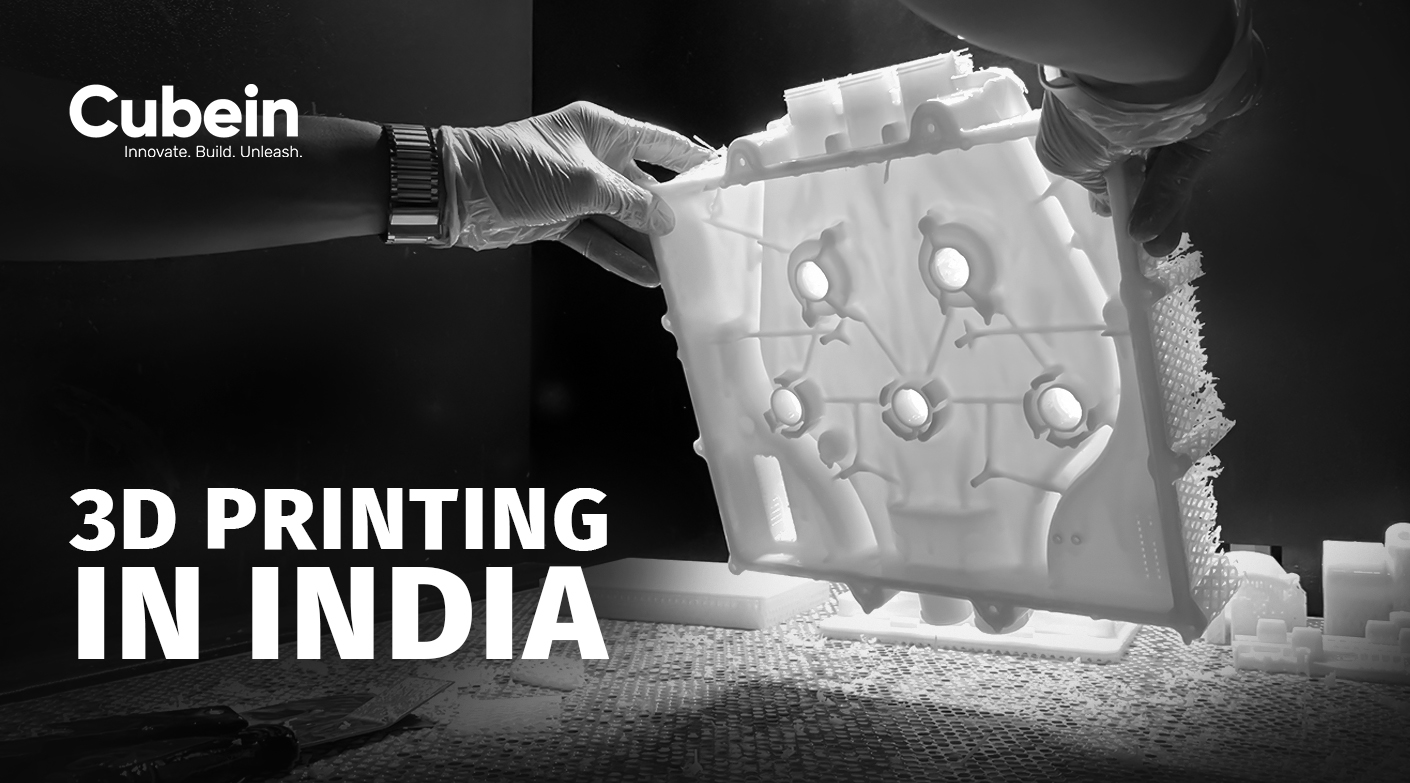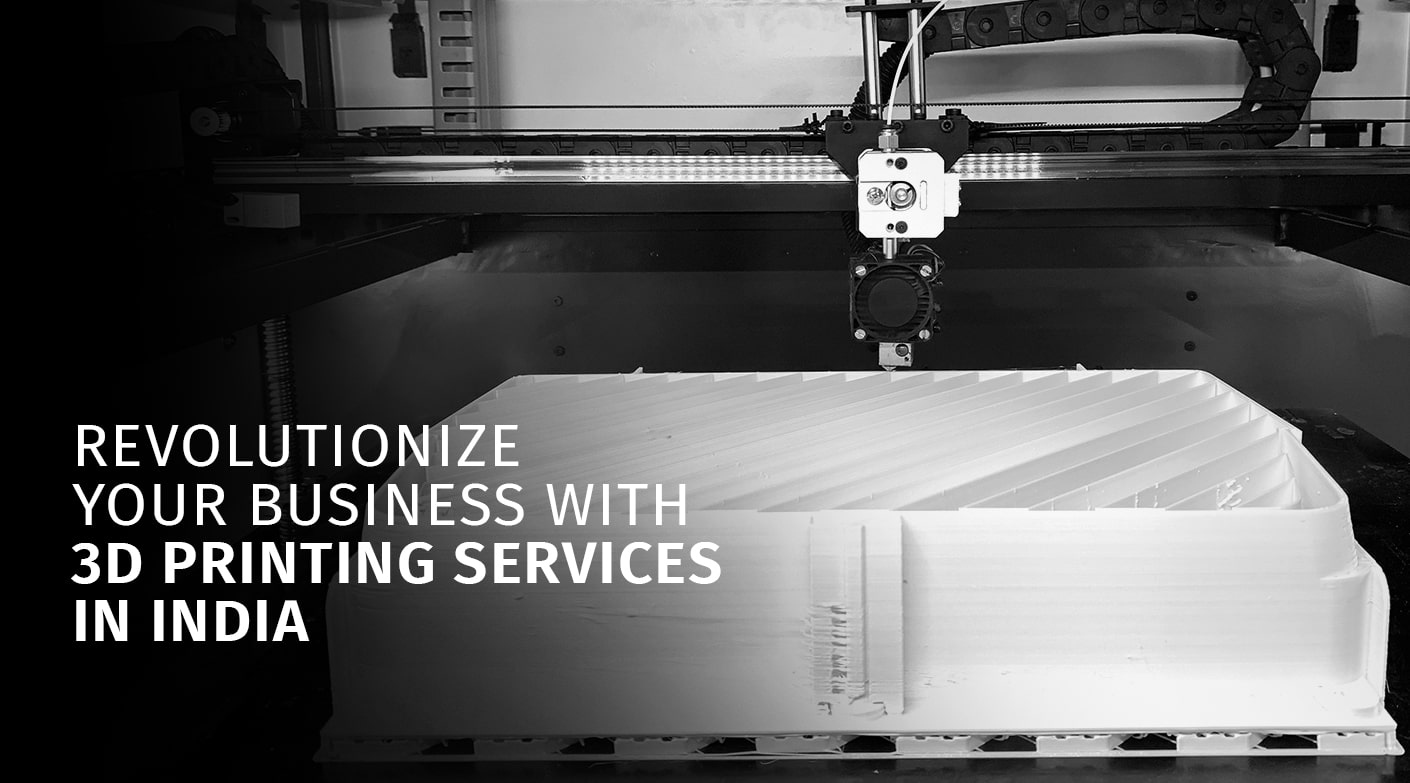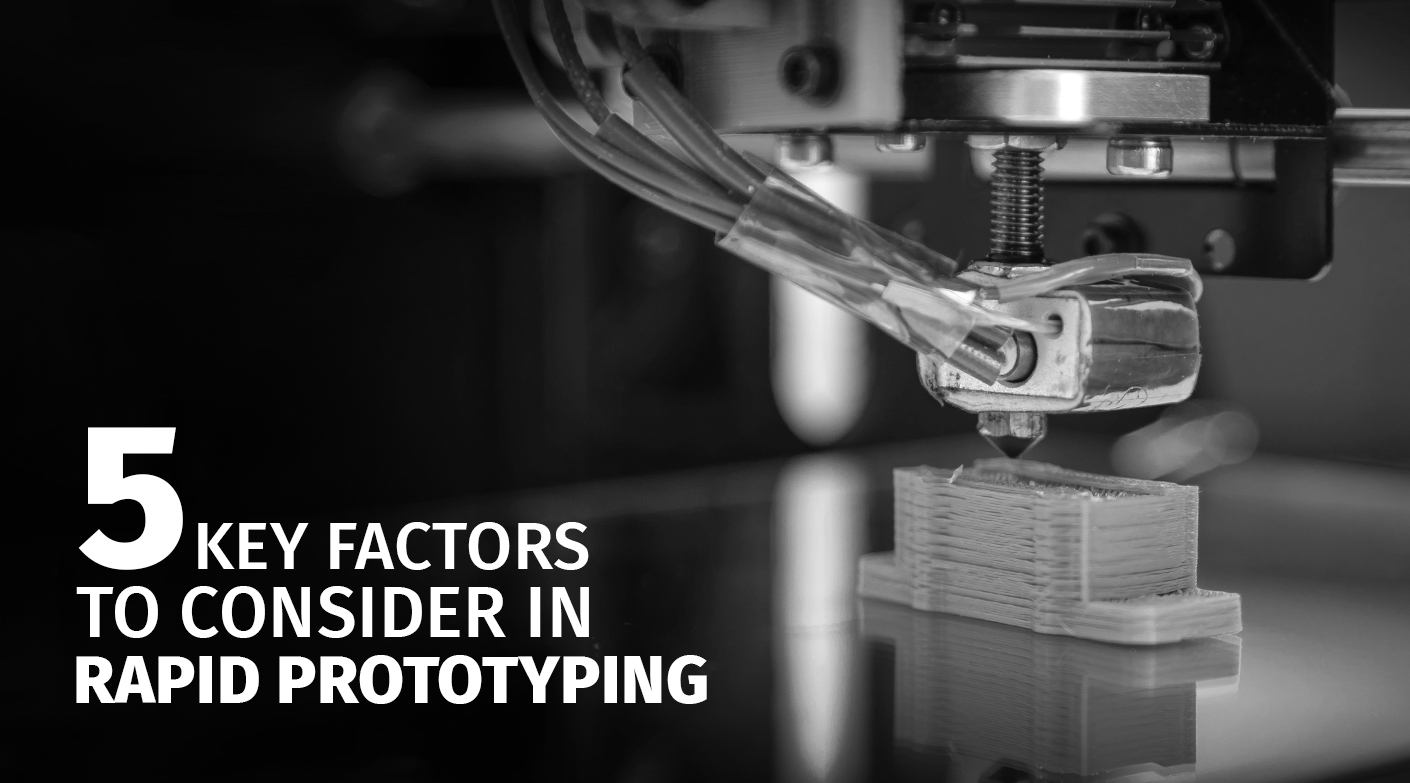Selective Laser Sintering (SLS) and Multi Jet Fusion (MJF) are some of the additive manufacturing techniques that have changed the manner in which industries are designing and producing high-performance components. However, the conversion of a newly printed component to a functional and marketable product does not end with the printer; it needs post-processing. Post-processing comes into focus to enhance the quality of the surface, mechanical strength, and aesthetics to match the industrial requirements.
During the post-processing of SLS 3D printed and MJF components, smoothening, dyeing, and sealing are performed, followed by an additional coating step to provide the final components with the strength and appearance required in the real world. The correct post-processing techniques can make these prints look more than mere prototypes and transform them into high-precision, production-level products in the fields of automotive, healthcare, and consumer electronics.
Let’s discover how post-processing for SLS 3D printed and MJF parts is a boon.
Why Post-Processing Matters: From Prototype to Production
Post-processing defines whether a component is a prototype or a production-ready part. In industries such as the medical devices, automotive, and aerospace, the post-processing is designed to make sure:
- Compliance with safety and fulfillment of aesthetic requirements.
- Valid performance in stress or environmental exposure.
- Paintability, plating, and sealing.
An example is in the field of medical device manufacturing, where SLS 3D printing in medical devices is applied in creating anatomical models, prosthetics, and surgical instruments. Post-processing in this case is not a cosmetic measure, but rather essential to the requirements of sterilization, smoothness, and biocompatibility.
Understanding the Need for Post-Processing in SLS and MFJ
Both SLS 3D printing services and MJF printing processes are based on the layer-by-layer fusion of powdered materials, normally nylon (PA12 or PA11). Although, these technologies can create powerful and dimensionally precise parts, the surface and color of the parts after printing are usually rough, matte, and unpolished.
This gap is filled by post-processing, which enhances:
- Aesthetics: To obtain smoother surfaces and harmonious finishes.
- Performance: Improvement of mechanical strength and chemical resistance.
- Functionality: Readying components to be painted, coated, or assembled.
Even the most accurate SLS or MJF parts may not be up to the professional standard needed to be in the marketplace without post-processing.
Comparing SLS and MJF Post-Processing Needs
Although SLS and MJF are both powder-bed fusion techniques, the post-processing processes of both slightly differ:
| Parameter | SLS (Selective Laser Sintering) | MJF (Multi Jet Fusion) |
| Surface Finish (Raw) | Rough, powdery | Slightly smoother |
| Color (Raw) | Gray or White | Gray |
| Absorption of Dye | Moderate | Very Nice |
| Precision and Accuracy of Details | High | Very High |
| Post-Processing Steps (Generally) | Blasting, Dyeing, Coating | Bead Blasting, Vapor Smoothing, Dyeing |
Step-by-Step Breakdown of Post-Processing for SLS 3D Printed and MJF Parts
1. Cooling and Powder Removal
Particles need to cool in the building chamber after the printing process to avoid distortion or warping. When cooled, they are removed from the unsintered powder bed. Blasting of compressed air or bead blasting can be used to remove remnants of powder.
As an example, professional SLS 3D printing services involve automated depowdering systems to achieve uniformity and reduce the amount of manual labor.
2. Surface Finishing
The second step is to attain the surface quality. Options include:
- Blasting of beads: Cleans off powder residue and smooths the surface.
- Tumbling: Surfaces are made smooth and tactile, which is suitable for aesthetic products.
- Chemical smoothing: Soluble surfaces are dissolved to give a glossy injection-molded look.
These processes result in an outstanding difference in the appearance and performance of SLS and MJF parts, particularly regarding consumer-facing products.
3. Dyeing and Coloring
As SLS and MJF components are commonly printed in gray or white plastic, dyeing is an economical method of adopting the look and feel of these components. Various color shades are provided through industrial dyeing without dimensional correction.
An example is where certain high-technology service providers (such as those who produce SLS in automotive and medical parts) deploy closed dyeing chambers to get uniform coloration between batches.
4. Coating and Painting
Coatings to protect against UV, water, or improve aesthetics can also be done during post-processing.
- Polyurethane finishes provide sleekness and strength.
- Electrostatic painting allows metallic finishes or custom finishes.
These finishes increase the life of the printed components, and they are suitable in the harsh indoor or outdoor environment.
5. Mechanical or Functional Improvement
In the case of functional applications, post-processing can involve:
- Drilling or machining of accurate tolerances.
- Heat treatment to enhance crystallinity and mechanical capability.
- Multi-component parts assembly.
This may be illustrated in SLS 3D printing in medical devices, where surgical instruments or orthopedic models are usually sterilized and coated following stringent hygienic requirements.
Applications That Benefit Most from Advanced Post-Processing
- Medical tools: Surgery guides, artificial implants, and models of anatomy where the surface needs to be biocompatible and smooth.
- Automotive Components: Interior parts and practical prototypes must be heat-resistant, and their finish should be good-looking.
- Consumer Electronics: Housings and mounts which need visual appeal and durability.
- Industrial Tools: Special jigs, fixtures, and working components that need strength and dimensional accuracy.
As an example, additive manufacturing specialists (such as Cubein) typically adapt post-processing techniques to particular applications so that the resulting product is guaranteed to act as intended in the real world.
Future of Post-Processing in Additive Manufacturing
Post-processing involves the next generation of automation and sustainability. As the surface finishing systems based on AI and the environmentally friendly dyeing technologies appear, the industry is shifting to repeatable, predictable, and more environmentally friendly processes.
Automated vapor smoothing systems are already saving man-hours of human labor and cycle-time by 40 percent and delivering high-quality, consistent finishes. In addition, the Global 3D Printing Post-Processing Market is projected to grow at a rate of 16.5 percent between 2025 and 2030, owing to the rising demand for the post-processed SLS 3D printed products, namely, in the medical and surgical fields.
With the desire of companies to reach the scale of production with additive manufacturing, automated and standardized post-processing will continue to be the foundation of efficiency, compliance, and product reliability.
Conclusion
With post-processing, rough SLS and MJF materials are converted into finished products, refined, strong, and ready to be used in any industry. Depowdering, dyeing, coating, and mechanical finishing are all steps that contribute to the potential of additive manufacturing being fully realized.
Companies such as Cubein can reflect how post-processing combined with skilled SLS 3D printing can guarantee high-quality and accuracy in various industries, including industrial prototyping and SLS 3D printing of medical equipment.
| Looking for flawless, production-ready SLS or MJF 3D printed parts? |
FAQs
1. What is the reason why post-processing is important to SLS 3D printed parts?
It improves the appearance, durability, and performance of the printed components such that they are up to the standard of application in the real world.
2. Is it possible to paint or coat SLS and MJF parts?
Yes, they both could be painted or covered with such kinds of materials as polyurethane or metallic finishes to make them look better and be more durable.
3. What is the advantage of post-processing of medical 3D printed parts?
It polishes surfaces, sterilizes equipment, and provides medical safety and hygiene standards.
4. Is the smoothing of functional parts safe by using chemical?
Yes, chemical smoothing can enhance the quality of surfaces, but it does not change the mechanical properties of the part without proper control.




